Fleets are urging local authorities to provide a clear vision of their transport plans for the future amid growing concern about the impact of new
emissions and safety standards.
Two key legislative initiatives are currently causing the most concern. The first is the arrival of national clean air zones (CAZs) in major conurbations throughout the country over the next few years.
The second affects lorry fleets in London, with the planned launch of the new Direct Vision Standard (DVS) that aims to increase protection for other road users, particularly cyclists, following a recent spike in lorry-related road deaths.
While the concerns relating to each initiative are different, the common issue is a lack of specific detail that will allow fleets to plan for the long-term as they consider their replacement strategies.
The DVS is planned for introduction in 2020, which means goods vehicles bought now on a typical five-year replacement cycle will need to take account of the new rules, even though they are still being developed.
Similarly, CAZs will start coming into force in 2019, but there is a lack of certainty about their shape to guide fleet procurement teams.
London has set the standard with its announcement of the world’s first Ultra-Low Emission Zone (ULEZ), which will start from April 8, 2019, and imposes additional charges on top of the congestion charge and Toxicity Charge (T-Charge) for vans that don’t meet Euro 6 standards and lorries that aren’t Euro VI compliant.
However, there is still a lack of clarity as there are proposals to expand the ULEZ to cover more of London by 2020.
At a recent Freight Transport Association (FTA) conference, there was concern about immediate purchasing plans, with one company indicating it would have to replace up to 60 lorries next year if the zone was being expanded to the area bounded by London’s North and South Circular roads.
Nationally, the picture is even more unclear. Natalie Chapman, head of policy at the FTA, told delegates at the FTA Transport Manager Conference that currently London, Leeds, Birmingham, Nottingham, Derby and Southampton were expected to launch clean air zones in 2019 and they were likely to affect vans, trucks and lorries.
By 2020, they could be joined by Middlesbrough and Sheffield, while Bath, Bristol, Coventry, Greater Manchester and Newcastle might introduce schemes that affect lorries and buses only.
In Scotland, a draft national low emission framework is expected to be issued for consultation by the end of the year, but Glasgow has already issued plans for a CAZ while Wales could introduce a similar zone in Cardiff by 2021.
In every case, the detail of the zones is unclear. Chapman said fleets needed to estimate the use of non-compliant vehicles in potential zones and investigate the financial implications of coping strategies.
These should cover procurement, charging costs and business options. Additionally, companies may want to consider the economics of paying a compliant third-party fleet to complete final mile deliveries, rather than bring forward replacement cycles.
Chapman added: “This is a big issue and there are cities that are required to take action, but other cities might decide to introduce schemes for public health.”
This includes cities such as Oxford, which already has a low emission zone and recently unveiled plans for a zero-emission zone.
Jerry Ward, manager of legal operations for transport at John Lewis Partnership, said: “With clean air zones across the UK, what is needed is a consistent approach, and not separate local rules and regulations.”
Martin Flach, director of alternative fuels at Iveco UK, said ongoing fleet replacement cycles would ensure most companies could avoid any charges if vehicles that meet the latest emissions standards are exempt.
However, this won’t account for every vehicle. At current replacement cycles, around 39% of trucks (around 175,000) will not be compliant.
Flach said: “It is very much about management. If you go into a zone once a year, it is not a problem, but you also need to consider whether this will affect residual values when you come to sell your non-compliant vehicles.
“You also need to consider lead times, as a new truck takes typically three to four months, but that could extend as 2020 approaches if everyone orders at once.”
He added that for fleets considering alternative fuels, liquefied petroleum gas (LPG) and compressed natural gas (CNG) remained the strongest option.
Furthermore, electric vehicles could offset their much higher costs if operated on a longer replacement cycle of around six years.
For example, an Iveco Daily Electric with 100 miles of range costs £80,000, but over a six-year period, the extra cost compared to a diesel equivalent would be covered by fuel savings and the benefits of avoiding the congestion charge for vehicles operated in the capital.
However, while Flach emphasised that fleets could adapt to the arrival of clean air and low emission zones through ongoing fleet replacement, the DVS presents a much bigger challenge. He likened it to “playing squash in the open air”.
The current proposals apply to vehicles of 12 tonnes and above, typically the most expensive vehicles on the fleet.
Vehicles would be given a star rating of 0-5 based on their visibility standards. By 2020, 0-star vehicles (those without extensive safety equipment including sensors and visual warnings being fitted and backed by driver training programmes) could be banned from London’s streets.
By 2024, the standards would be tightened to cover all vehicles up to three stars.
Based on current estimates, 69,000 vehicles may be 0-star.
Chapman said obtaining clarity on the scheme has been “hugely frustrating”, but added that proposed amendments by Transport for London (TfL) were helping.
Flach said: “I applaud the sentiment behind the DVS – but how can you respond with clarity until you know the rules?”
In addition, he said that with development costs for lorry cabs running into hundreds of millions of pounds, it was unlikely that manufacturers would develop a cab specifically for London.
He also suggested the concept was flawed, as under the scheme buses and bin lorries would be considered the safest, but they were still involved in accidents with cyclists.
Describing the standard as “a bit of a lemon”, he said electronic safety systems should be considered first, before committing to the disruption and cost of the DVS.
The view was supported by Ward, who said: “With direct vision, I think the industry is looking for a clear direction as to what the final outcome will be, as there is still an amount of uncertainty.
“A lot of operators are saying that the fitting of a cab window is not the answer, as cameras and sensors do a good, if not better, job.”
Chapman added: “It is too early to plan for radical change, but look at options and possibilities when buying and assess potential mitigation options such as cameras.”
She urged fleets to express their views about the potential impact of the scheme by responding to a TfL public consultation, which will close on January 14, 2018.

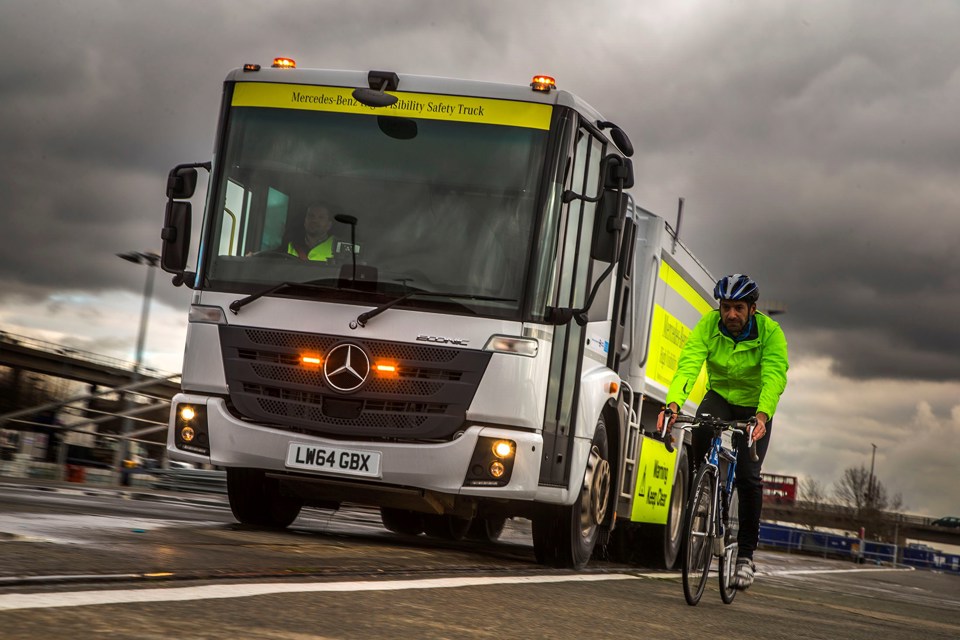
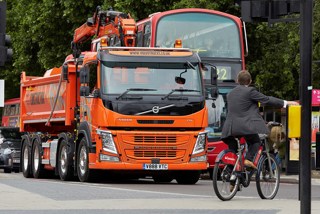

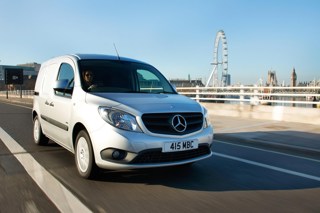
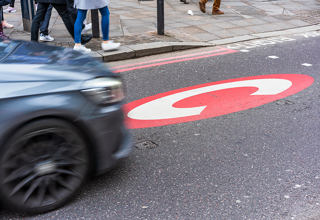
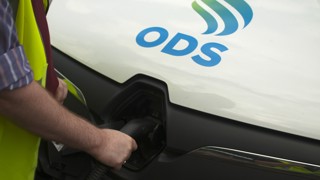












Login to comment
Comments
No comments have been made yet.